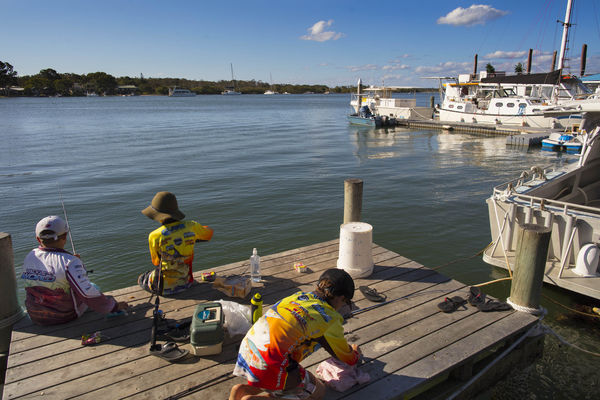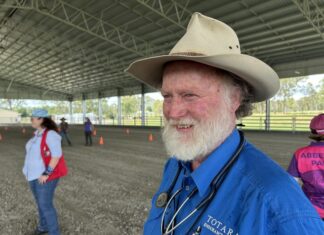By Margaret Maccoll
The Noosa Biosphere Reserve Foundation (NBRF) much-awaited bring back the fish program has taken a leap forward with plans to locate oyster reefs in the Noosa River next month.
The project, led by University of Sunshine Coast (USC) marine science Professor Thomas Schlacher will from late August lay 15 oyster reefs in the lower part of the river.
Professor Schlacher said historical evidence showed oyster reefs had been quite extensive in the Noosa River, but most of them disappeared in the 1930s and ’40s and hadn’t come back.
“Most of the river now is sandy bottom and this is not natural for the area,” he said.
“At 15 sites throughout the lower river we will place coconut bags filled with oyster shells. These will attract the oyster larvae. We are trying to seed these reefs.”
Prof Schlacher said restoring oyster reefs was a common practice around the world, but this was a first for Queensland and the project would use world’s-best strategy.
He said other sites used only a couple of reefs, but strategically locating 15 oyster beds would provide stepping stones for the larvae and modelling had shown arranging them into triangular groupings would maximise the project’s success.
“They will grow. A few oysters will settle in the first year or two. It is a medium to long-term project.”
Prof Schlacher said the reefs would have markers and the weight of them would hold them down. Modelling showed they would be able to withstand floods and storms.
Noosa Biosphere Reserve Foundation (NBRF) president Dick Barnes said NBRF, Noosa Parks Association and the Thomas Foundation were jointly funding the overall project. USC will be providing the oyster reefs, the University of Queensland will be involved in a project to re-establish prawns and Noosa District Landcare will be managing a project to reduce erosion in Kin Kin Creek.







